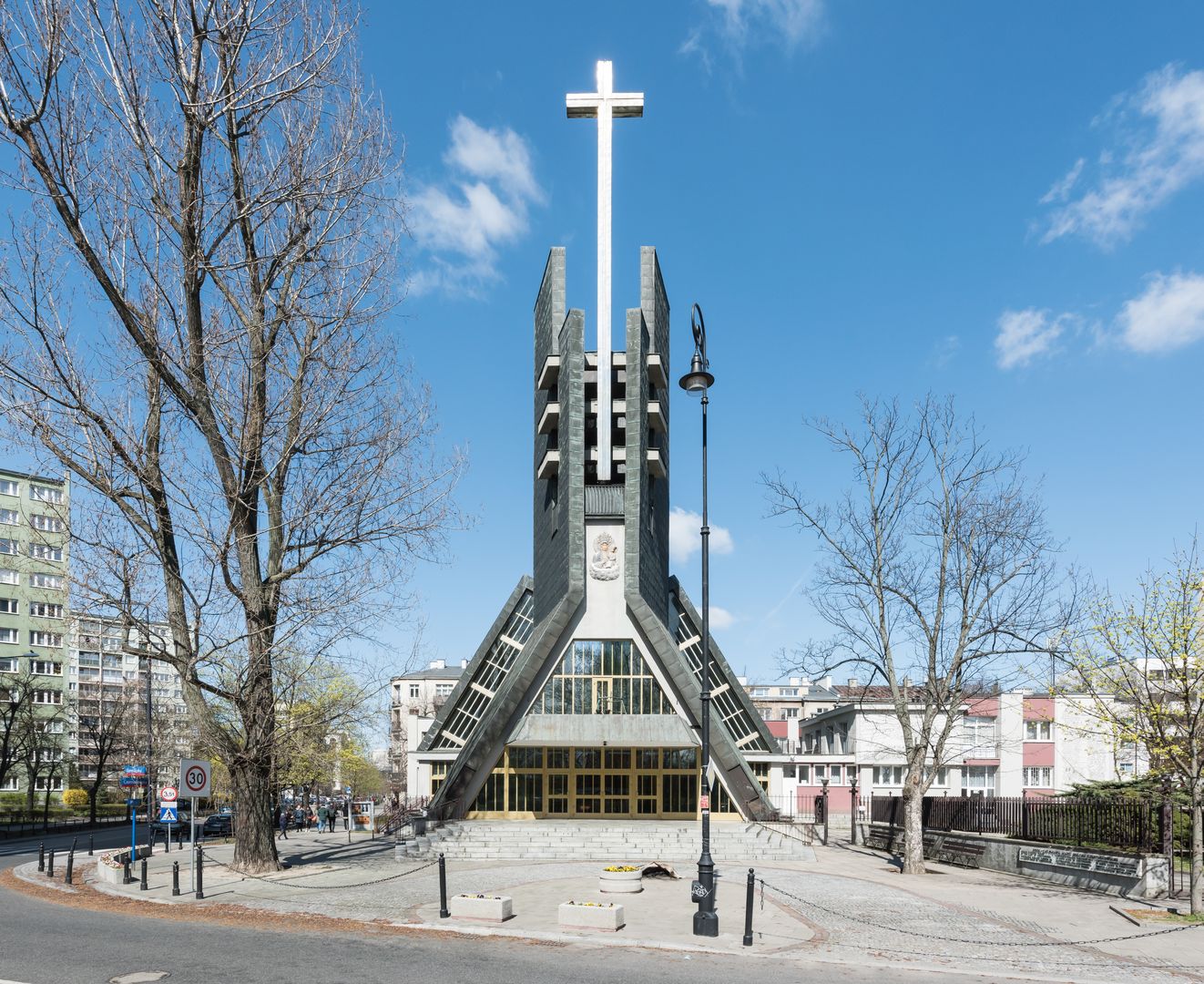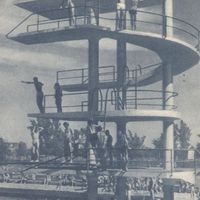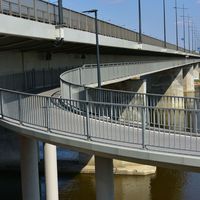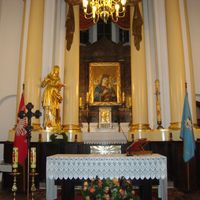Parish of Our Lady of Częstochowa in Warsaw
7.04

Overview
The Parish of Our Lady of Częstochowa in Warsaw, located in the Śródmieście district, is a Roman Catholic religious community belonging to the Archdiocese of Warsaw. Its history dates back to the years 1907–1908, when a pastoral center was established at Łazienkowska Street with a small chapel built by Father Wacław Rytel. In 1919, the parish was officially established by Archbishop Aleksander Kakowski, and the first parish priest was Father Marceli Ryniewicz. Construction of the church began in 1923 according to the design of architect Hugo Kudera, and in 1933 the church was consecrated by Cardinal Kakowski, with distinguished guests in attendance, including President Ignacy Mościcki and Marshal Józef Piłsudski. Unfortunately, in 1944, during the Warsaw Uprising, the church was destroyed by German bombs, and many people lost their lives within its walls. After the war, due to the construction of the Łazienkowska Route, the parish moved to Zagórna Street, where in 1979 Cardinal Stefan Wyszyński laid the cornerstone for the new church, which was consecrated in 1983. The church's presbytery features commemorative plaques dedicated to the heroes of the Warsaw Uprising, highlighting the historical significance of this place. The parish is known for its dynamic communities, such as the Liturgical Service, Catholic Action, Neocatechumenal communities, and the Living Rosary, which has been active since the post-war period. There is also a parish choir and a girls' group called "Bielanki." An interesting fact is the parish newsletter "Lilia," which has been published every Sunday since 2007, providing the faithful with Gospel readings and articles related to parish life. The current parish priest is Father Dr. Włodzimierz Artyszuk, and Dominican sisters also serve in the parish, fulfilling various roles such as organist and catechists. Thus, the Parish of Our Lady of Częstochowa is a place with a rich history, architecture, and cultural and religious activity, integrating diverse communities and traditions.
Location
Tickets
Powered by GetYourGuide
You can also find here:

Polish Army Stadium in Warsaw
6.7
City center, Warsaw

Warsaw Rowing Society
6.67
City center, Warsaw

Legia Warsaw Museum named after Wiktor Bołba
6.45
City center, Warsaw

Łazienkowski Bridge
6.44
Prague South, Warsaw

Port Czerniakowski
6.18
City center, Warsaw

St. John's Archcathedral in Warsaw
6.11
City center, Warsaw
2025 Wizytor | All Rights Reserved